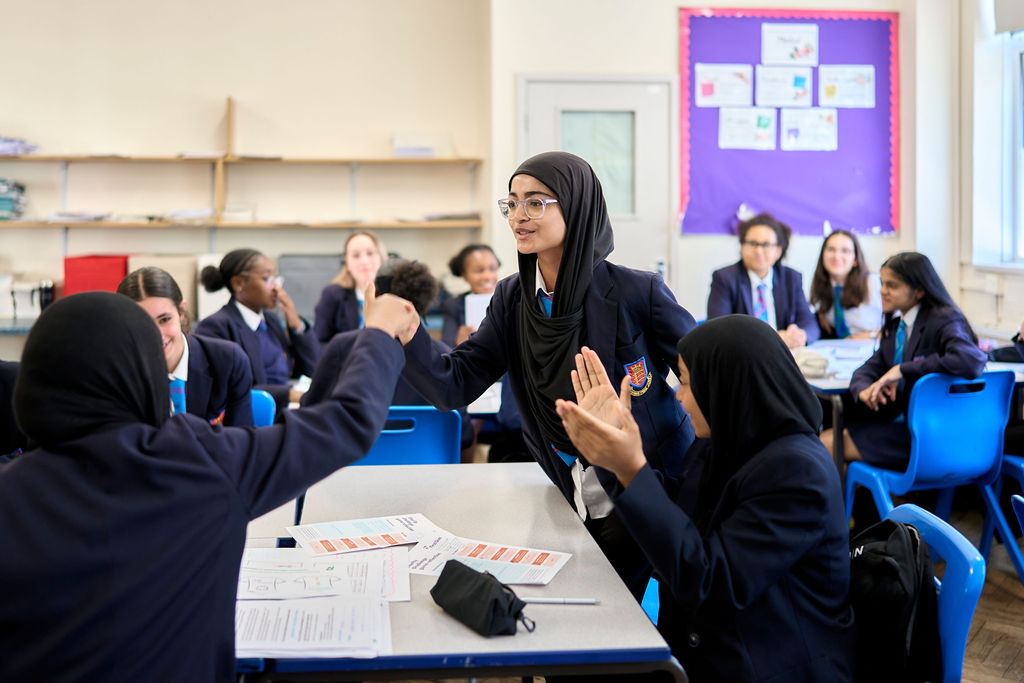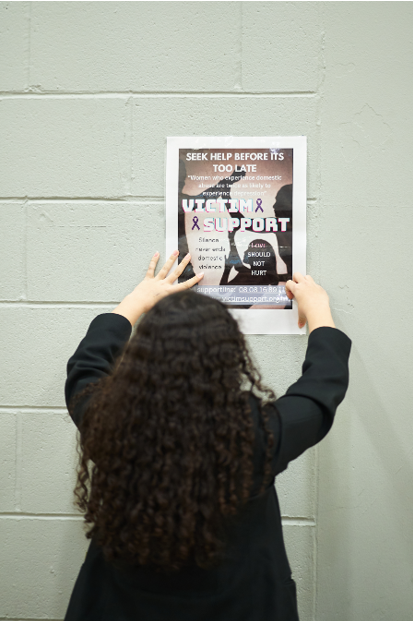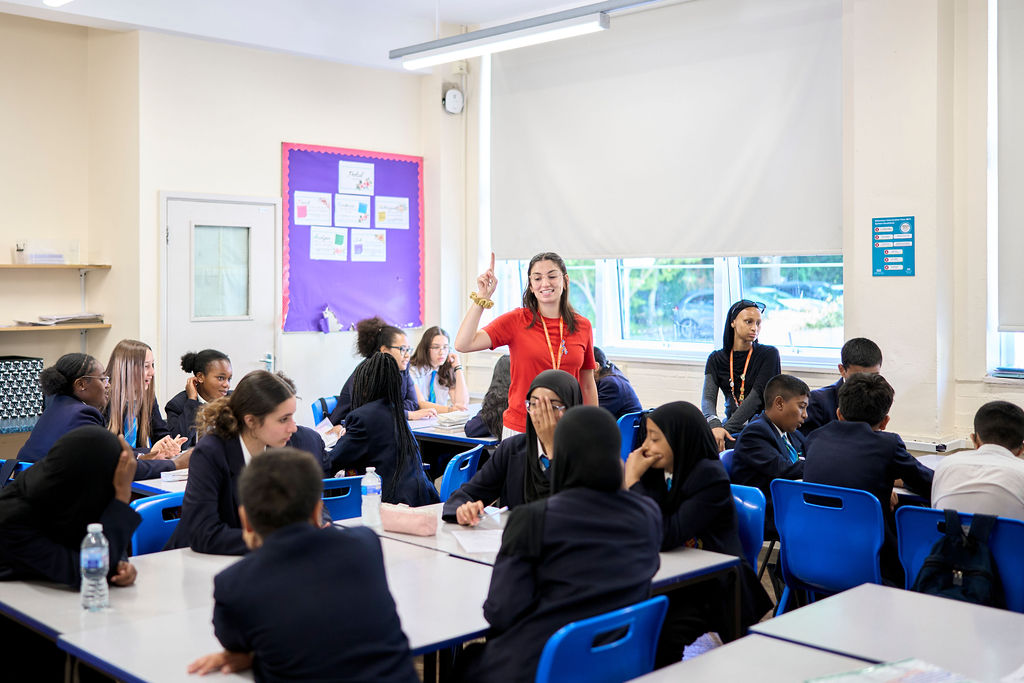Why impact matters: Creating a legacy through social action
Turning action into lasting change

Turning action into lasting change
Why is it important for young people to engage in social action? And with the planning and coordination entailed, is it worth it? In a word, yes. Planning and delivering social action projects – in all their forms – is a tremendous opportunity for students to practise empathy, collaborate purposefully for change, and transform their ideas into impact. Participating students gain and develop a host of skills including project planning, teamwork and communication, and it is also an exercise in agency, empathy and empowerment. Social action – which we define as practical action taken to make a positive change in society – is about doing something good that, ultimately, does good in aid of valuable causes.
What is impact?

It’s easy to get bogged down in the administrative details, and to focus on the visible outputs of social action activity. While the what, when, and how of social action are key to its success, the true power lies in the why: intention, purpose, and impact. The key question isn’t “what did you do to support your charity?” but “what changed because you did it?”
Impact is the beating heart of social action. It’s what continues after the project is complete, the posters have been taken down, and the fundraising totals have been tallied. If, of course, looks very different from one project to another and can be difficult for students to confidently capture and demonstrate, but it’s a vital component of successful social action projects.
By asking students to think about impact, we’re asking them to consider a legacy of their actions. Discerning what impact has been achieved could include considering:
- Did we raise funds, volunteer our time, or collect donations? (And if so, how much, how often, and what?)
- Have we, or those around us, started to think or act differently?
- Have we changed how people feel about an issue, or challenged our own assumptions?
- Has it strengthened our sense of belonging, or that of others?
- Has it changed our confidence, compassion or conviction, as organisers or participants?
Impact can take lots of different forms, and we see students undertaking social action projects that are uniquely designed to address a range of social issues across over 200 schools in England and Wales. It might be students launching community litter picks that restore local pride, or peer-led wellness clubs at lunchtime that reduce stigmas around mental health, or student designed displays that help peers to recognise signs of coercive control. To support students in maximising their impact, we ask them to consider their intended outcomes at the planning stages, thinking proactively about what change they hope to make before they consider how they will make it. This way, their actions become more focused and meaningful, and their impact becomes both the goal and outcome.

Impact versus creativity
Often, students conflate creativity with impact, thinking that the way they link their social issue and activity together is where impact lies. While this level of care, attention to detail and creativity is incredibly valuable, and there are marks to be gained for creativity of social action, this isn’t a sign of impact, and it’s important that students understand the distinction. Consider one class, who chose to do a bake sale, asking peers to bring in items for a foodbank collection in exchange for a bun, and promoting their social action through posters around school, and notices during assembly. The students have carefully planned what they wanted to do, linking the social issue of food poverty with a practical food collection and food-related social action. Their impact, however, runs much deeper. Let’s take a look:
1. Students went home, explaining to their families that there was a foodbank collection at school, generating conversations around what the foodbank does
2. To better understand what the foodbank needed, students looked on the foodbank website and took items in based on their shortages list
3. The class worked together to plan and design their social action project, boosting their relationships with one another, and bringing them closer as a team
4. The students exchanged 50 cupcakes for 50 items that the foodbank needed
5. Some students brought in extra items for the foodbank to bolster the collection, and teachers who had seen the social advertised also brought in items to donate too, meaning that the class collected 80 foodbank items in total
6. Through working closely with their local foodbank, the class gained a deeper understanding of food poverty and were able to learn about some of the reasons why someone might need foodbank support. This reduced some of the stigmatisation around foodbank use, and helped to challenge negative stereotypes
Teachers as catalysts

As educators, teachers have the privilege of being catalysts in the process of young people learning not just how to make a difference but also recognising that they want to. Young people can, and will, achieve some brilliant feats through the First Give programme, when given the opportunity, and your encouragement and engagement is crucial to their success.
While First Give enables young people to practise empathy, it isn’t about teaching empathy: they already have it. Empathy is a muscle, and one that young people strengthen through use. By taking part in social action, students become more empathetic, altruistic, and generous. Skills that will continue to serve them, and their communities, long beyond the programme and into adulthood.
By helping your students to connect their actions and impact, you’re developing strong foundations for them to understand how much agency they have, and to empower them to keep going. What will your students’ impact be?
